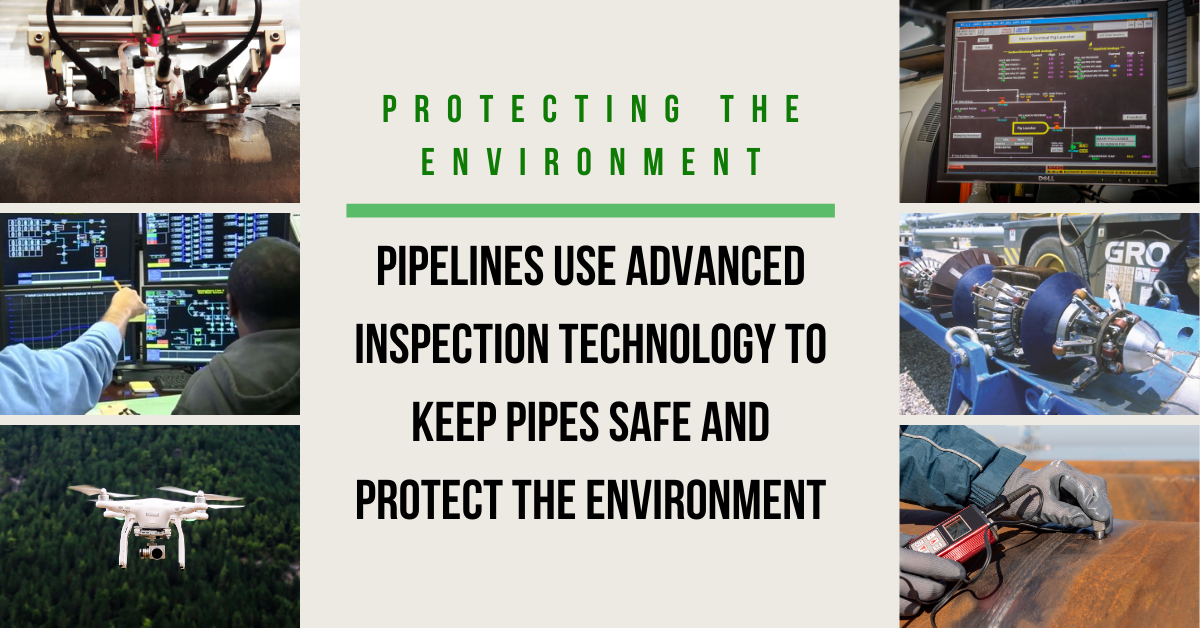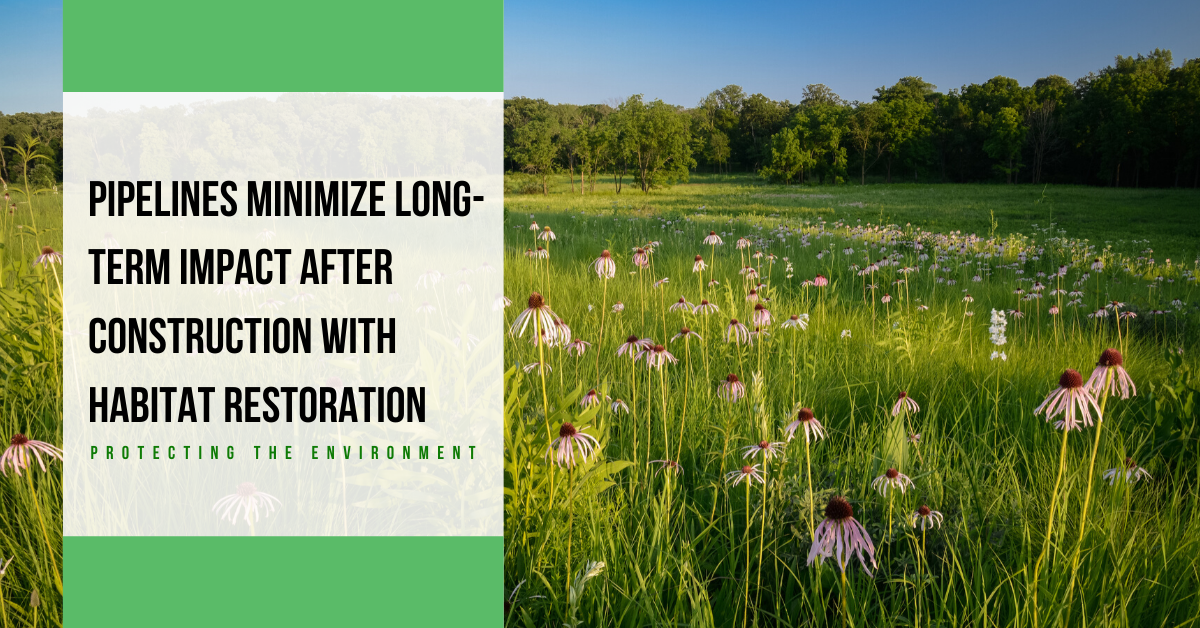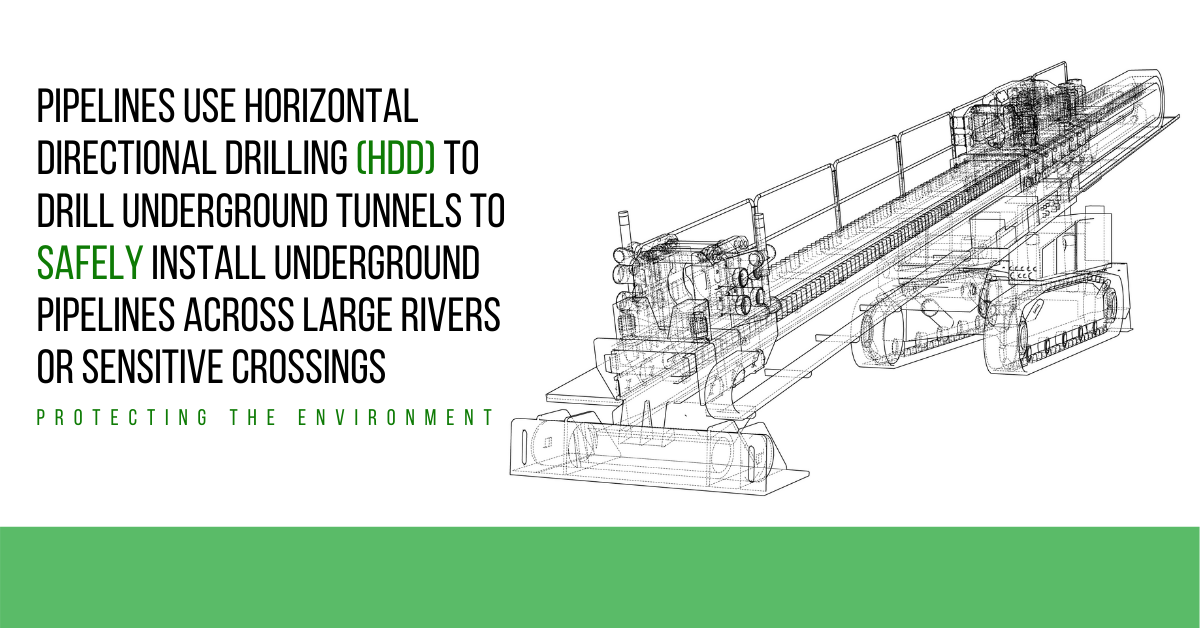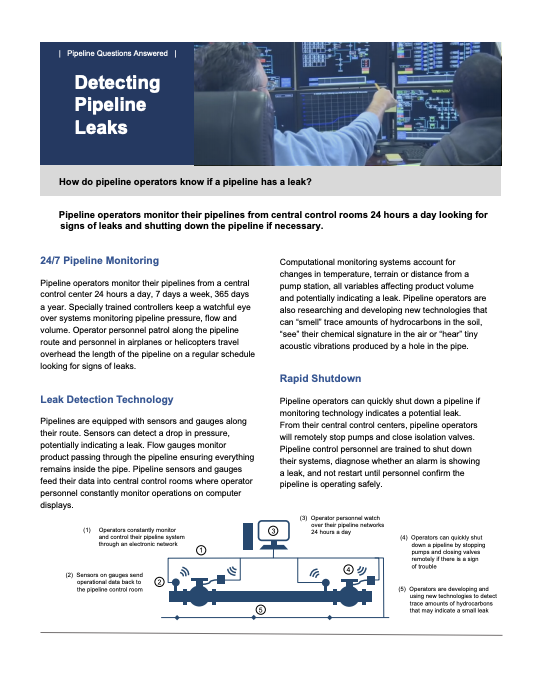After pipelines are constructed, operators undertake habitat restoration along #pipeline routes including soil replacement, seeding, and tree planting, environmental monitoring and mitigation and follow-up landowner outreach.
#Pipelines minimize environmental impact through habitat restoration along pipeline routes.
Drone technology helps #pipeline operators protect the environment.
Drones make it possible to monitor #pipelines over long distances and difficult terrain, ensuring the environment is protected.
Planes, drones, and automobiles—just some of the ways #pipeline operators monitor pipelines and ensure the environment is protected.
Thousands of miles of #pipeline that deliver the essentials you need are monitored 24/7/365, ensuring safety for people and the environment.
How are #pipelines using technology to protect the environment? Advance sensors, 24/7 monitoring, advanced data analysis, x-ray, ultrasound, and drones ensure operators know what is happening with their pipes inside and out.
#Pipelines are coated with corrosion inhibitors that keep pipes safe and protect the environment.
How do #pipeline operators ensure the safety of pipelines whether they’re old or new? 24/7 monitoring, preventative maintenance, and coating pipes with corrosion inhibitors to help protect the environment.
#Pipelines are rigorously tested before they become operational. One way they are tested is through hydrostatic pressure. Each section of pipe is filled with water and subjected to extreme operating pressures to ensure the strength of the pipe and the welds.
Each weld on a pipeline is inspected to protect the environment. X-ray technology is just one inspection method.
When building America’s #pipeline infrastructure operators minimize their construction footprint.
Pipelines use horizontal directional drilling (HDD) to protect water resources and sensitive crossings by drilling tunnels deep under bodies of water.
















